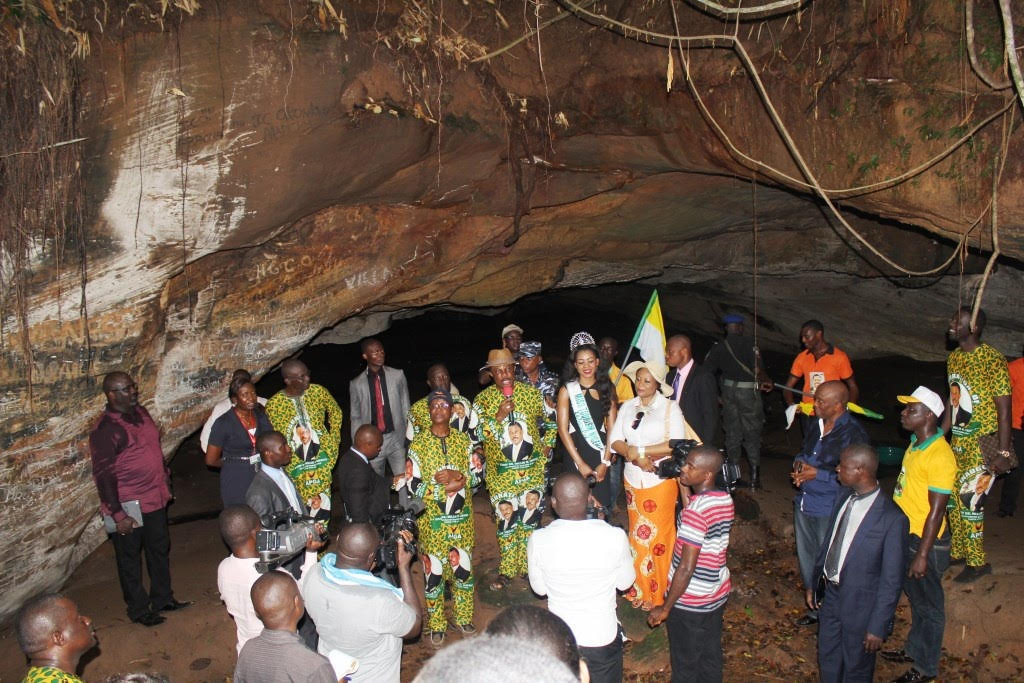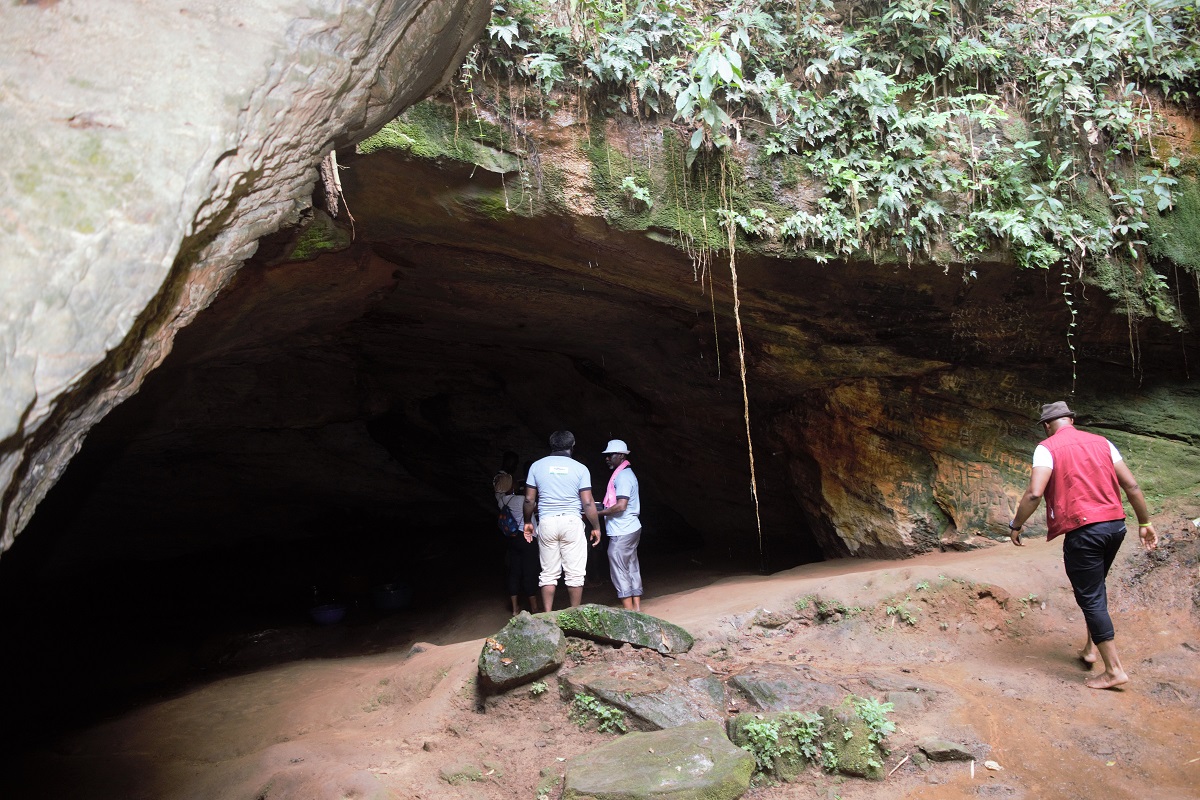Opinion
Anambra State: Showing the Way to Heritage Tourism

“Known for its deep Igbo heritage, entrepreneurial spirit, and forward-looking development agenda, the state is positioning culture as a key pillar of its economic growth.”
-Mr Don Onyenji ( Commissioner for Tourism, Arts and Culture, Anambra State.
Over the decades, heritage tourism has become a powerful driver in the global tourism economy.

By Ayo Oyoze Baje
From Kyoto in Japan, where centuries-old temples and geisha traditions continue to draw millions annually, to Fez in Morocco with its ancient medina, musical heritage and craftsmanship; these destinations are leveraging their culture and investing in their historic sites and cultural resources as a competitive tool to attract visitors.
In fact, heritage tourism accounts for nearly 40 per cent of all international tourism, according to the United Nations Tourism (UN Tourism).
A market analysis report by Grandview Research shared that the global heritage tourism market was valued at approximately US$605 billion in 2024, and is projected to grow by 4.5 per cent annually from 2025 to 2030.
What exactly is this new sense of appreciation for heritage tourism, one might ask? It stands to reason that in the evolution of the tourism industry, people start to ask for more from their destination.
Beyond a nice hotel or resort, there is a timeless quest for meaning, identity and connection. “Travel far enough, you meet yourself,” the popular Hemingway quote says.
Even as travelling helps us to connect more with others, it also contributes to helping us understand more about ourselves, as we begin to understand our perspective through the lens of seeing how others have navigated similar challenges and experiences. Travel provides a sense of wisdom that can only be gained through exploration.
Global tourism trends point to the tourist of the future seeking more meaningful experiences that are designed for reflection, interaction and provide a chance to connect with the local community.
Well-established tourist destinations are investing heavily in heritage tourism, as a contributor to authentic experiences.
This is particularly challenging for the more established destinations who have to reinvent themselves, and in some cases, like in Italy and Spain, have had to grapple with issues of overtourism and the commoditization of experiences.

Entrance to Ogbunike Cave; picture courtesy of OU Travel & Tour
According to Onyenji, closer to home, Ghana’s “Year of Return” campaign in 2019, attracted over one million visitors and generated US$1.9 billion in tourism revenue.
Across the West Africa region, there are comparable cultural resources that can be developed to boost the tourism economy.
In Nigeria, our tourism potential remains underharnessed, and this presents an opportunity to take advantage of the global trend towards heritage tourism, which could not have come at a more opportune time. Our natural and cultural heritage remain our unique value proposition, providing experiences that cannot be found anywhere else in the world.
We simply need to make these experiences visitor-ready, and with coordinated delivery and strong branding, we can be positioned within the US$605 billion global heritage tourism market.
Home to over 370 ethnic groups, Nigeria is one of the most ethnically diverse nations in the world , each community carrying its own language, history, cuisine, customs, and cultural identity.
From the ancient Benin Kingdom and Nok Civilization to the Arochukwu Long Juju Slave Route and the Ifá Corpus of the Yoruba, our heritage wealth is vast and distinctive.
For now, Nigeria remains underrepresented on the global map of thriving heritage destinations, but not for long.
Anambra state is leveraging its rich cultural assets to drive sustainable tourism development. Known for its deep Igbo heritage, entrepreneurial spirit, and forward-looking development agenda, the state is positioning culture as a key pillar of its economic growth.
Sites such as the Ogbunike Caves, Owerre-Ezukala Caves, and Agulu Lake, among others, have been shortlisted for development and investment as anchor projects for heritage tourism development.
Of interest is that the Anambra state government is developing its Heritage Tourism Development Masterplan, working with Red Clay, a tourism advisory practice, to transform its cultural and natural heritage into meaningful experiences for residents and visitors alike.
The goal is to enhance Anambra’s tourism offerings through immersive experiences that balance innovation with respect for tradition, as a way This initiative is setting a new benchmark for heritage-driven economic development in Nigeria.
Heritage is uniquely place-based. It cannot be outsourced or replicated. It supports local artisans, historians, storytellers, musicians, local transport, fashion, food, tour guides, etc., building an entire ecosystem around community-based economic growth.
The potential impact on employment and rural revitalization of this interconnected tourism ecosystem, at a conservative estimate will lead to the creation of about 5,000 direct jobs annually with a multiplier effect of up to tenfold in indirect employment that will emerge from tourism development of the shortlisted sites.
In Anambra state, the vision of the governor, Professor Chukwuma Charles Soludo, CFR, is to transform the state into a thriving mega city , a place to live, work, and play. A key part of this vision is positioning Anambra as a leading destination for tourism in Nigeria.
The Governor has already completed and commissioned Solution Fun City, the largest fun centre in Nigeria, which is now operational. Building on this momentum, the State is preparing to launch its Heritage Tourism Masterplan as a living document to guide the sustainable development of heritage tourism and unlock the wider tourism economy.
This initiative will establish Anambra as Nigeria’s preferred destination for heritage tourism, attract investment in essential infrastructure (including roads, signage, visitor information centres, and accommodation), and empower local communities, traditional leaders, custodians, and artisans as key partners in its implementation.
Through heritage tourism, we aim to create interconnected tourism circuits linking sites across the state and the wider region, enhancing domestic and regional tourism.
According to Onyenji: “As we continue to play our part in developing tourism in Nigeria, we are equally committed to helping reposition the country as a leading heritage tourism destination.
Our stories, history, festivals, and traditions already hold immense value, they simply need to be organized, developed, and presented with the strategic intent they deserve.”
All said, heritage tourism is a powerful development tool, for economic and social transformation and Anambra state is positioned to harness this a new frontier of growth, to create jobs and enhance the well-being of Anambrarians.
This is both exciting and inspiring and calls for sustained projection and support.





















